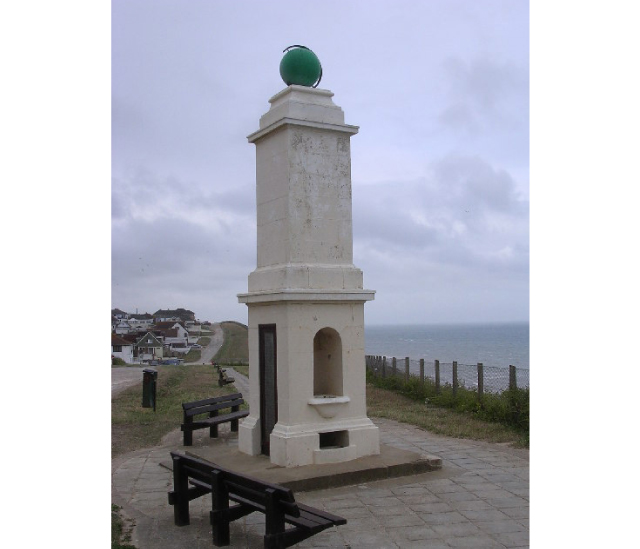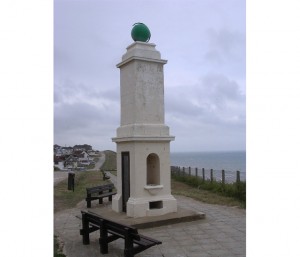The following information is for teachers to utilise in planning classroom activities.
The creation and name of the south coast town of Peacehaven are heavily connected in the events of the First World War.
The town was originally conceived as a ‘Garden City by the Sea,’ by its founder the businessman and entrepreneur, Charles Neville. His aim was to create a town on the Downs by the sea, where members of the public and ex-soldiers would be able to purchase plots of land upon which they could build homes.
Soldiers had, since the very start of the war, been told that the defense of places like the South Downs was an important reason to volunteer for military service. At the conclusion of the war, the failure of the promised ‘homes for heroes‘ programme convinced people of the benefits of buying their own land. However, the actual process and evolution of Peacehaven was far more complicated than it might at first appear.
First established in 1916, the name of the town itself was changed several times through a series of competitions run by Neville. During each competition, Neville would choose the winning name and whomever had submitted it would receive £100 (not a small amount of money at the time) and a free plot of land. Additionally, the runners up would also receive free plots but would have to pay a £50 fee in order to claim them.
There were 12,500 runner up plots available meaning that those ‘runners up’ claiming them promised a significant amount of money for Neville. The nature of this competition led to Neville being sued by the Daily Express, over suggestions that it was little more than a fundraising scam. The Express eventually won the lawsuit but by the time they did the publicity had already ensured that Neville had achieved his goal.
The first name of the town chosen was New Anzac-on-Sea as a tribute to the soldiers from Australia and New Zealand (Anzac stands for the Australian and New Zealand Army Corps) who were fighting overseas. Many of the roads in the town were also to be named after noteworthy battles, with; Louvain, Marne, Mons, Loos, Festubert, Salonica and Ypres Avenue all in the early plans. However, it was soon decided that names so linked to death and suffering were inappropriate. The term ‘Anzac‘ was viewed as particularly sensitive after the number of Anzac casualties during the battles at Gallipoli. In response, Neville held yet another competition which was won by Ethel Radford from Leicestershire who suggested the name ‘Peacehaven’.
Whilst there were significant numbers of people who would claim the plots of land, building on them proved to be expensive so, for a time, Peacehaven had no logical layout. In the post-war period, town planners and social commentators would come to regard Peacehaven as embodying many of the worst aspects of Britain at the time. In the following years, Peacehaven would eventually grow into a recognisable town.
The town became further noteworthy for being the point on the south coast through which the Greenwich Meridian Line enters and exits the country.
Peacehaven remains the only town in the United Kingdom to be named after peace.
Questions to ask your students
1) Who founded the town of New Anzac-on-Sea?
2) Why was the name ‘New Anzac-on-Sea’ changed??
3) What is the town called today?
Images
Click here to download a copy of this resource: First World War – New Anzac-on-Sea – teachers









